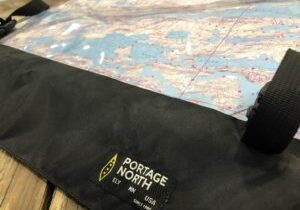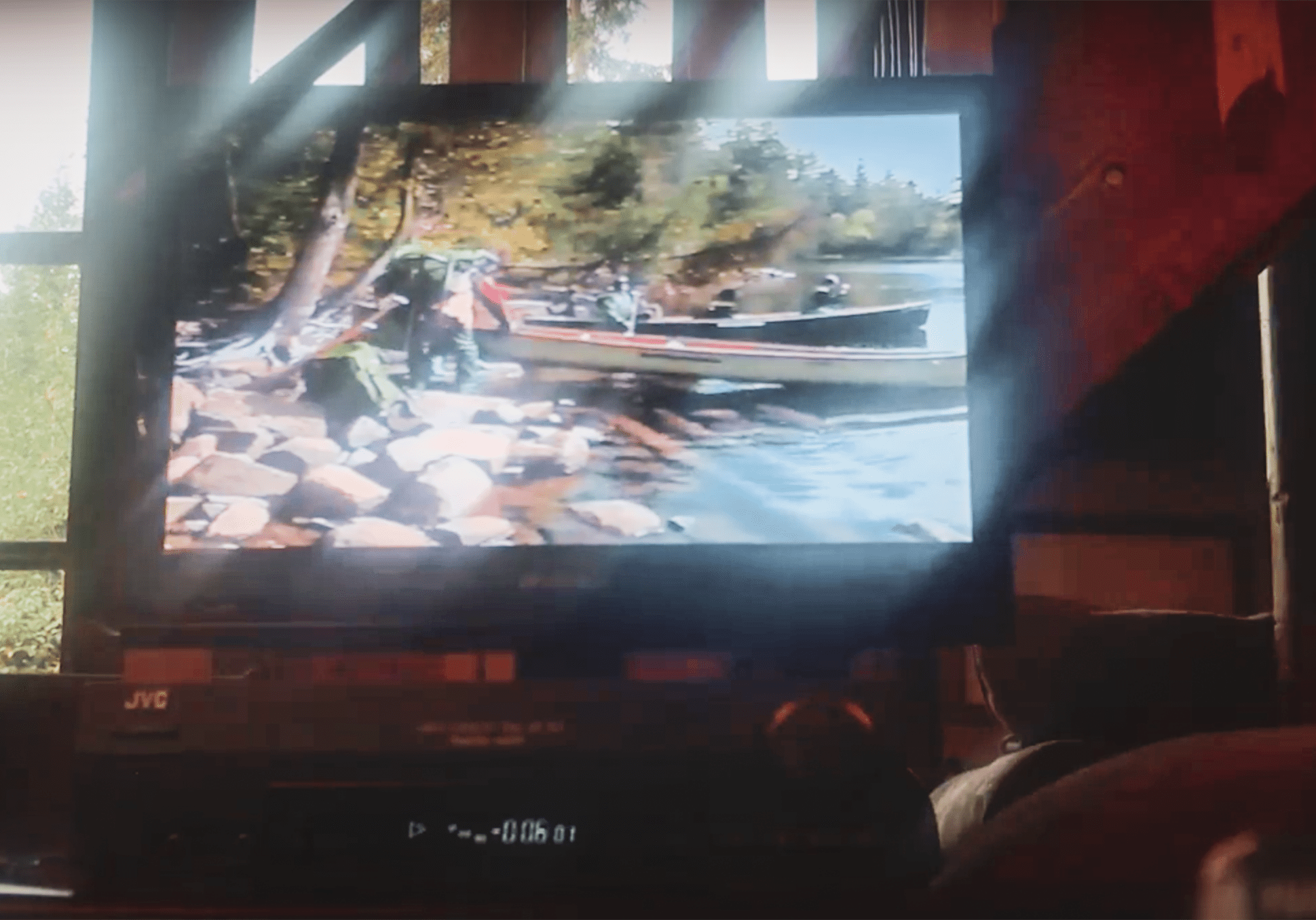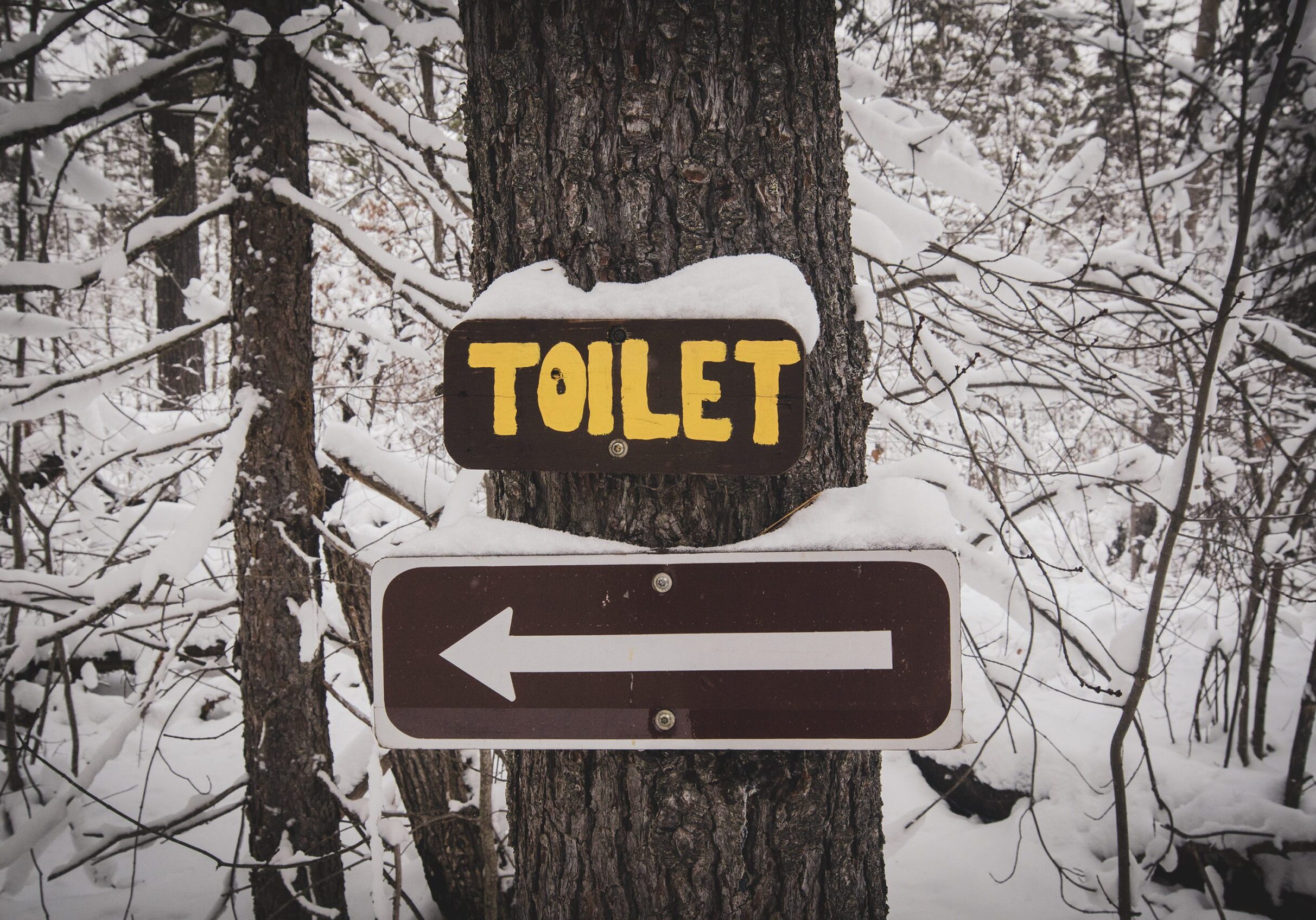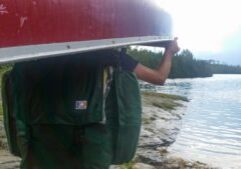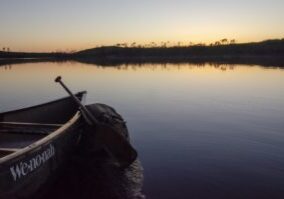Sign up for our newsletter to receive updates about new articles, great deals, and information about the activities you love and the gear that makes them possible:
Have You Read Our Other Content?
5 Guide Tricks for Finding Great BWCAW (or Quetico) Campsites
Finding a great campsite can be one of the great joys of a canoe trip. Waking up in a stand of majestic pines, enjoying a cool breeze rolling off the lake on a midsummer afternoon, and cooking over a campfire without worrying about bugs can make a campsite that much more memorable. Occasionally, these sites…
Five Ways to Make the Most of BWCA Permit Day
With BWCA permit day just around the corner, plenty of people are waiting in eager anticipation of how opening day will set the trajectory of their summer trips. Some people will log on the moment that permits open to try to reserve a premium entry point on the dates that they are available to go.…
How to Name Over 1000 Different Lakes – The BWCA
The Boundary Waters have seemingly endless lakes bearing names from Ojibwe, French, English, or English mistranslations, misspellings, or honest translations of the Ojibwe. Many have fascinating backstories of how they came by their names. Some lakes have seemingly had the same name as long as time can remember while others have switched multiple times. This…
An Expert’s Perspective on BWCA Forests
Lee Frelich, Director of The University of Minnesota Center for Forest Ecology, is one of the foremost experts on the forests of the BWCAW and the fire ecology that dictates its composition. We interviewed him to gain his invaluable insight into this incredible ecosystem, its history, and a glimpse into its future. Question 1. For…
Three Generations of BWCAW Rules Videos – Side by Side
It’s as ubiquitous of an experience as one can find tied to a canoe trip into the Boundary Waters, and the memories of it are deeply rooted in my childhood as they are for many who make the annual pilgrimage north to paddle the border waters of canoe country. Even now, I can close my…
Paddling The Margins
Buy Tickets After five years of planning, preparation and training, Jack sets out on his most ambitious kayaking project yet. Paddling The Margins follows the journey to paddle unsupported over 2,000 kilometers along some of Canada’s most beautifully remote coastline, the Pacific Northwest. Director and Producer: Jack River Hampton
A Few Tips for Faster Portaging
“Anyone who says they like portaging is either a liar or crazy,” said Bill Mason, the legendary Canadian paddler and environmentalist, in his 1984 film Waterwalker. While there’s a gritty sense of satisfaction in carrying your entire camp over rocks, roots, and trees, for most paddlers portages are something to be completed rather than savored. And…
10 Tips and Tricks for Nightime Canoe Travel
The vast majority of BWCA visitors paddle and hike during daylight hours and for good reason. It’s safer, there’s more to see, and daylight travel aligns with normal sleep cycles. Night travel, on the other hand, provides a higher risk of getting lost while paddling; it’s also easier to fall and get hurt while portaging.…




